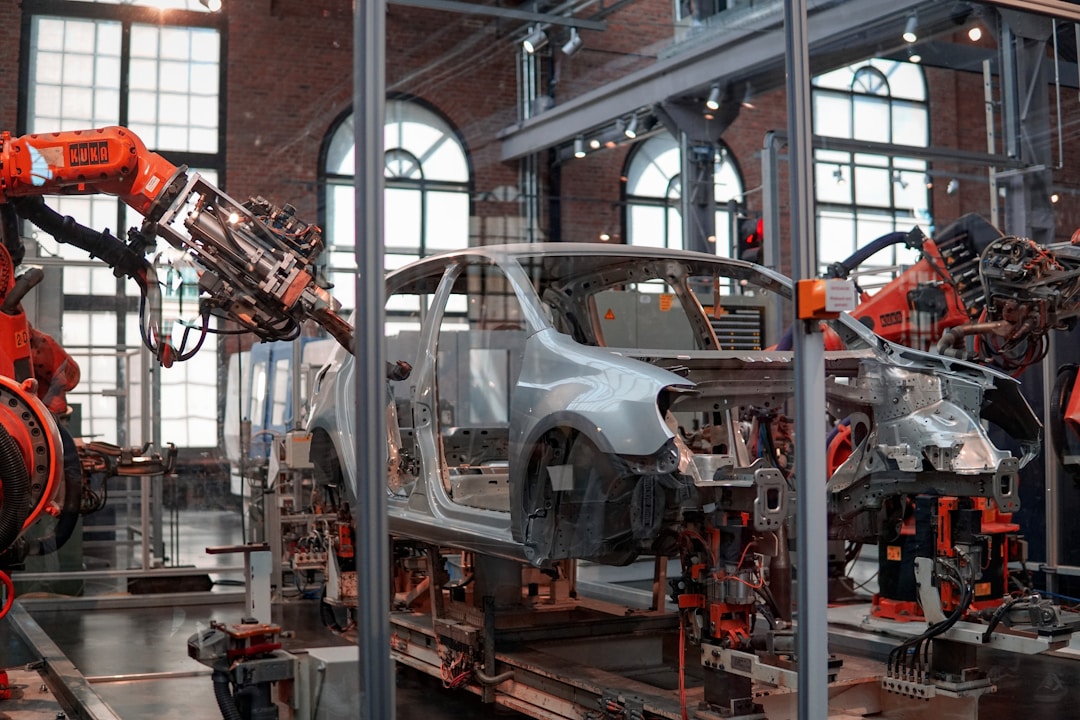Businesses have been incorporating automation to improve business processes in some form since the original Industrial Revolution. Thanks to modern application integrations, the Internet of Things (IoT), and other technological advancements, we’re currently in the middle of the fourth revolution (frequently referred to as Industry 4.0). Any modern enterprise that seeks to stay relevant and competitive should already be conducting a digital transformation, and intelligent process automation (IPA) is a big part of that.
You’ve likely experienced IPA for yourself many times without necessarily realizing it. For example, if you’ve ever tried applying for a new credit card and got approved right away, that’s intelligent automation at work. But what is intelligent process automation, exactly?
Intelligent Process Automation Defined
IPA is, basically, the automation of technology to improve business processes. It’s frequently utilized as a part of business process management (BPM). The purpose is to improve the efficiency of workflows and find ways to free employees up for core business operations, rather than having to focus on repetitive tasks.
Going back to the example of being approved for a credit card, a data scientist likely used an IPA solution to create computer algorithms that could quickly process financial information and gather all the necessary documents to make the process as fast as possible. A process like this is great for your business since it saves time and money, and it’s also great for customer satisfaction because it saves them a great deal of time as well. There are a few different ways you can incorporate process automation into your business. Here are a few of the most popular.
Digital Process Automation

DPA focuses on making digital solutions smarter, so they can share data with each other and provide you a clear picture of your overall business performance. Application programming interfaces (APIs) make this possible by connecting data sources that would remain separate using legacy systems. Before modern DPA solutions, if you wanted to share data between disparate data silos, it would require manual actions like the extract/transform/load (ETL) process. This was both time-consuming and prone to human error, but modern system integrations enable application communication and data sharing automatically.
For a practical use case, imagine that your sales team has determined that your current promotions aren’t reaching your target audience as well as they should. If you allow your customer relationship management (CRM) system to share customer demographics data and buying patterns with them, they can communicate this to the marketing team and find better ways to reach your audience. You could even use this information to determine who your best customers are, so you could make them special offers to ensure they stay with your company.
Robotic Process Automation

RPA is the form of automation that everyone is probably familiar with. It’s the oldest form of process automation, going all the way back to the original assembly lines. These days, robots often perform or assist with the most dangerous, labor-intensive, and repetitive tasks on the manufacturing floor. Robotic forklifts are also used in some warehouses to free employees up for other tasks.
Artificial Intelligence

This is the most recent form of IPA, and it’s powered primarily through advancements in machine learning. These days, computer algorithms are able to train themselves using structured data, unstructured data, or a combination of the two. This enables them to build upon themselves and continuously get smarter. It may sound like the stuff of science fiction, but people use some level of artificial intelligence every day with their digital assistants. For example, natural language processing (NLP) is what enables these assistants to understand human language and perform tasks accurately based on verbal commands.
Artificial intelligence can also analyze large data sets for patterns much faster than any human mind ever could. You’ll be relying on cognitive automation to get the most out of your data and predict future market trends.












